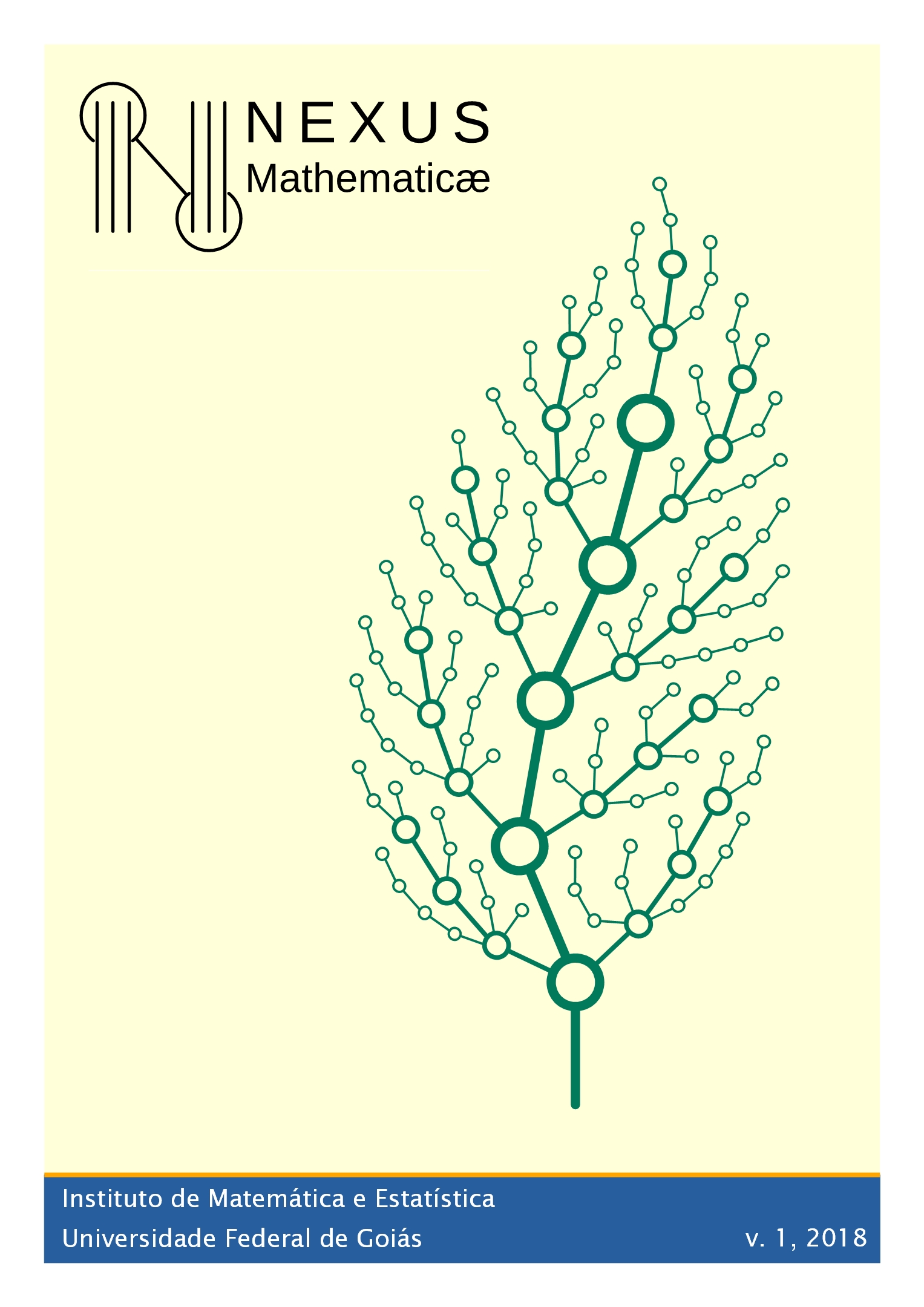The Dandelin Spheres and the Method of the Conic Sections of the Greeks
Resumo
Many Greek mathematicians have devoted themselves to the study of the conic sections, however, it is due to Apollonius of Perga the most known systematization on this subject. The Apollonius' approach can be found in a treatise entitled Conics. However, the definitions of the conic sections currently used were proved in the nineteenth century by Dandelin and Quetélet. They introduced a new idea related to the demonstration of the properties of the conics. They have proved that, given a plane that cuts a cone, there are one or two spheres (Dandelin spheres) that are simultaneously tangent to the plane and the cone, depending on the angle of the section. It is common to present the parabolas as a locus of points that depend on the relation between the distance of these points to the focus and the directrix. This relationship is known as the focus-directrix property. However, it is not common to establish, geometrically, this type of relationship in the study of ellipses and hyperboles. In the present work through strictly geometric procedures and the Dandelin-Quetélet theorem, we show in a different perspective the equivalence between the focus-directrix property and the method of the conic sections of the Greeks.






 Esta revista está licenciada sob a licença CC BY 4.0
Esta revista está licenciada sob a licença CC BY 4.0